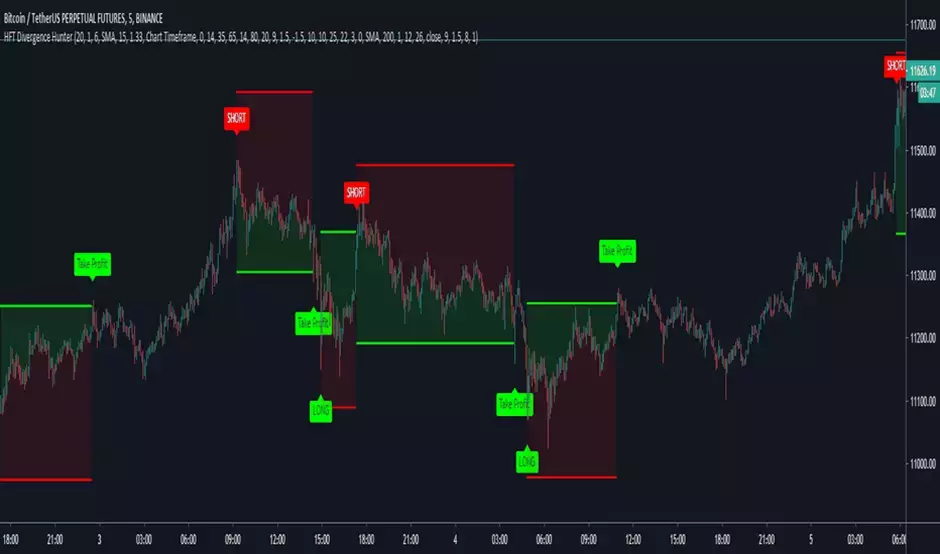Introduction to High-Frequency Trading (HFT)
High-frequency trading (HFT) is a form of algorithmic trading that relies on complex algorithms to execute a large number of transactions within very short time frames. This strategy is popular among quantitative traders who use mathematical models to analyze market data and make decisions.
The primary goal of HFT is to profit from many small trades. To succeed with this strategy, it is essential to minimize latency and respond to market changes in real-time. One of the key factors is setting up algorithms in such a way that they can automatically enter and exit trades with optimal efficiency.
HFT Sub-strategies
HFT encompasses several key sub-strategies, each suited to different market conditions and asset types. Let’s dive into the most common ones:
Buy and Sell Side Trading
This sub-strategy involves placing limit orders for both buying and selling at the same time. The idea here is simple: the trader places a buy order below the market price and a sell order above it. If the prices fluctuate within this range, both orders get executed, and the trader earns the profit from the difference between the two.
Example:
- Bitcoin market price: 30,000 USDT.
- Limit buy order: 29,950 USDT.
- Limit sell order: 30,050 USDT.
If the price dips to 29,950 and then rises to 30,050, the trader earns 100 USDT in a single trade. While the profit may seem small, high-frequency traders execute thousands of such trades in a day, which can add up to significant gains.
Nuance: The key is to set your limits correctly. If your spread is too narrow, you risk getting out-competed, and your orders may not be filled. If your spread is too wide, you may never see the necessary price movement to fill both orders.
Providing Liquidity (Market Making)
In this sub-strategy, traders act as market makers by providing liquidity to the market. They place orders to both buy and sell with a minimal spread, profiting from the difference between the bid and ask prices. This strategy works best in volatile markets where prices frequently shift.
Insight: To be successful at market making, you need a strong grasp of market dynamics. One of the risks is getting "stuck" with an asset if the price suddenly moves against you. In such cases, you need to quickly adjust your orders to avoid significant losses.
Example:
- Ethereum price: 2,000 USDT.
- Buy order: 1,995 USDT.
- Sell order: 2,005 USDT.
For each successful trade, the trader pockets 10 USDT. The stiff competition in this strategy demands accuracy and speed in executing orders.
Statistical Arbitrage
Statistical arbitrage involves spotting price discrepancies across different exchanges and capitalizing on them. For example, if Bitcoin is trading at 30,000 USDT on one exchange and 30,100 USDT on another, a trader can buy on the first exchange and sell on the second, profiting from the price difference.
Pro Tip: The key to success here is executing ultra-fast transactions, as arbitrage opportunities exist only for fractions of a second. Even the slightest delays can result in prices leveling out before your trade is completed.
Example:
- Exchange A: BTC = 30,000 USDT.
- Exchange B: BTC = 30,100 USDT.
The trader buys 1 BTC on Exchange A and sells it on Exchange B, earning 100 USDT in profit.
Nuance: The main challenge is accounting for fees and transaction times. Fees can eat into your profits, and if your transactions aren’t fast enough, the arbitrage window may close before you can act.
Setting Up Your HFT Bot
A crucial aspect of high-frequency trading is the proper setup of trading bots. Here are a few steps to help you achieve optimal performance:
- Speed Optimization
Make sure your bot operates on a platform with minimal latency. This may require using servers located close to the exchange (co-location) or special low-latency connections. - Decision-Making Algorithms
Your algorithms must be able to respond to market changes instantly. They should include rules for automatically adjusting limit orders, minimizing risk, and maximizing profits. - Risk Management and Capital Allocation
Build strategies to manage risk. For example, set up your bot to automatically close positions if a certain loss threshold is reached or reduce trading volume during periods of high volatility.
Conclusion
High-frequency trading is a complex and high-risk strategy that requires significant technical resources, knowledge, and experience. Those willing to invest in developing algorithms and minimizing latency can reap substantial rewards. However, due to fierce competition and the need for split-second decisions, HFT remains one of the most challenging forms of trading, suited only for those prepared to handle rapid changes and high risks.


